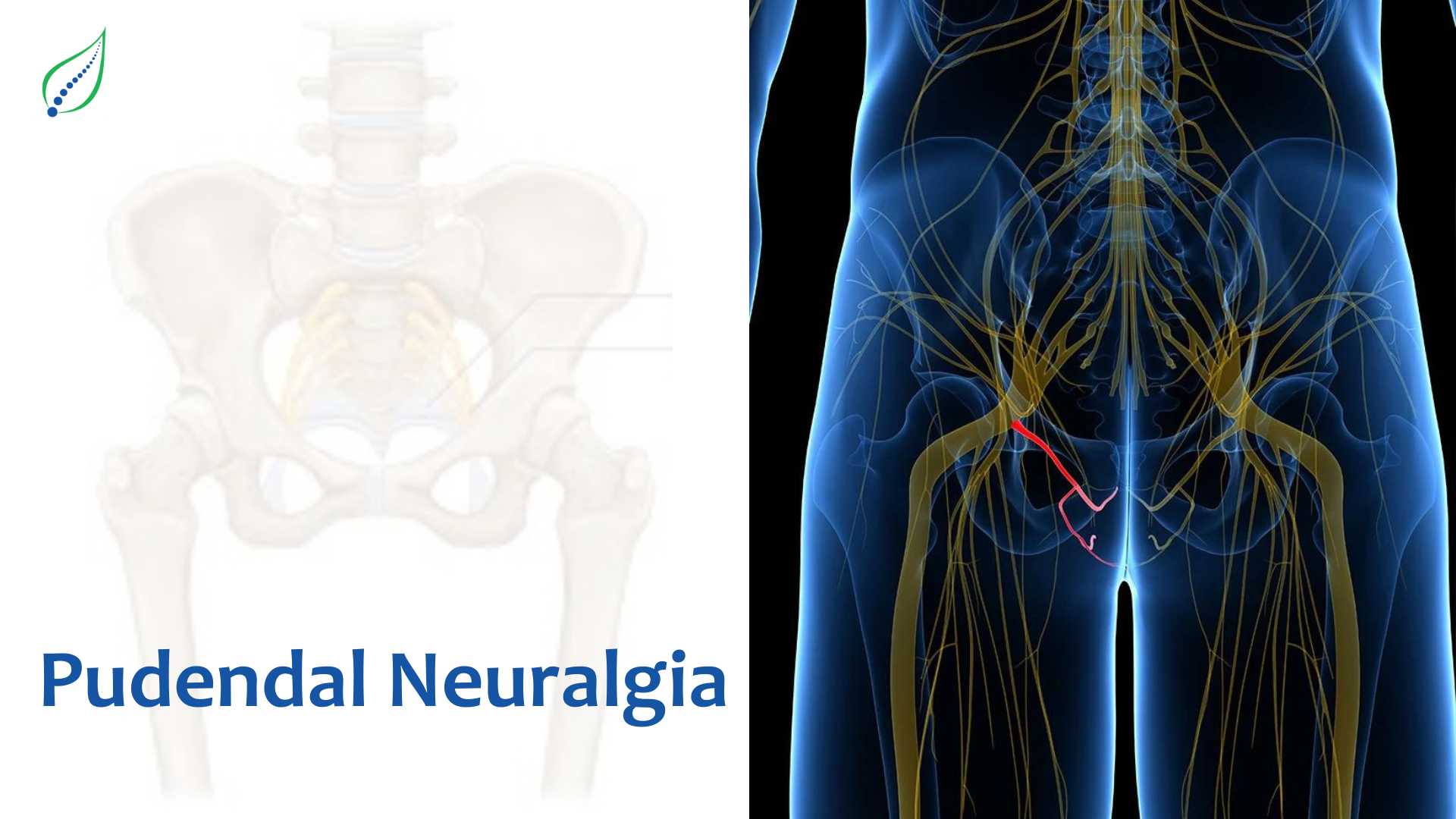Foot Drop - Symptoms, Causes and Treatment
Foot drop, also known as drop foot, is a condition in which a person cannot lift the front part of their foot due to weakness or paralysis of the muscles that lift the foot. This causes the person to drag their foot on the ground when walking. Foot drop makes walking difficult and can lead to trips or falls.
Symptoms of Foot Drop
The main symptom of foot drop is difficulty lifting the front part of the foot. This can cause a person to drag their toes along the ground when walking, causing them to wear down their shoe on one side. Other symptoms of foot drop include:
- Slap sound when walking as the foot hits the ground
- High step gait to avoid dragging the foot
- Foot pain or numbness
- Difficulty walking or imbalance
- Leg, hip or lower back pain
- Tripping or falling frequently
These symptoms usually only affect one foot, but foot drop can sometimes impact both feet. The symptoms may occur suddenly after an injury or gradually worsen over time.
Causes of Foot Drop
Foot drop can be caused by nerve, muscle or brain and spinal cord problems. Common causes include:
- Nerve injury - Damage to the peroneal nerve in the lower leg is the most common cause of foot drop. This nerve controls the muscles that lift the foot. Nerve injury can be due to trauma, prolonged pressure, diabetes, stroke or other conditions.
- Muscle or spinal cord disorders - Conditions such as amyotrophic lateral sclerosis (ALS), muscular dystrophy, multiple sclerosis, or spinal cord injury can cause foot drop due to muscle weakness or paralysis.
- Brain disorders - Stroke, brain injury, or disorders like cerebral palsy that affect muscle control and coordination can lead to foot drop.
- Compartment syndrome - Pressure buildup and swelling in the lower leg compartments can compress nerves and cause foot drop.
- Lumbar radiculopathy - Nerve root compression in the lower back can affect the nerves that control foot muscles.
- Tendon injuries - Rupture or other damage to the Achilles tendon or other ankle tendons can make lifting the foot difficult.
- Peripheral artery disease - Reduced blood flow to the legs and feet can cause nerve damage resulting in foot drop.
Diagnosing Foot Drop
To diagnose foot drop, a doctor will review medical history and perform a physical exam. They will evaluate the person's gait and ability to walk on their heels and toes. Muscle strength and reflexes will be tested. The doctor may also order tests like:
- Electromyography - Measures electrical activity in muscles and nerves.
- Nerve conduction study - Assesses nerve responses.
- MRI - Provides images of soft tissues like nerves, spinal cord, and muscles.
- CT scan - Creates images of bones and tissues.
- Blood tests - Helps identify underlying conditions like diabetes.
Treatment for Foot Drop
The treatment for foot drop depends on the underlying cause. Early treatment can help manage symptoms and prevent complications. Common non-surgical foot drop treatments include:
- Bracing - Custom ankle-foot orthoses brace the foot and ankle in the correct position to prevent drop foot when walking. Braces are removable and often used for temporary cases.
- Physical therapy - Stretching, strength training, and gait training can help improve mobility and prevent additional muscle loss.
- Lifestyle changes - Losing weight, avoiding high heels, and wearing proper footwear can help reduce strain on damaged nerves. Regular stretching can maintain flexibility.
- Spinal Injection followed by multidisciplinary treatments – In the case of lumbar radiculopathy causing foot drop, appropriate spinal injections followed by multidisciplinary treatments give excellent results.
Preventing Complications
Without proper treatment, foot drop can lead to other problems like:
- Chronic tripping or falling
- Loss of mobility over time
- Joint pain or damage from altered gait
- Ulcers or calluses on the foot due to abnormal pressure
- Difficulty balancing
Using prescribed braces and undergoing physical therapy can prevent these issues. Make sure to get foot drop evaluated promptly before permanent muscle damage occurs. Be patient during recovery, as restoring strength and mobility takes time.
Outlook for Foot Drop
The prognosis for foot drop varies based on the cause. Permanent disability is likely if there is long-term nerve damage. But when caught early, foot drop caused by temporary nerve compression often resolves fully with appropriate non-surgical treatment. Methods like physical therapy, bracing, and FES can keep symptoms controlled.
Foot drop can happen to anyone but is more common in older adults due to conditions like stroke or diabetes-related nerve damage. See a doctor right away if you have trouble lifting your foot to prevent complications.




